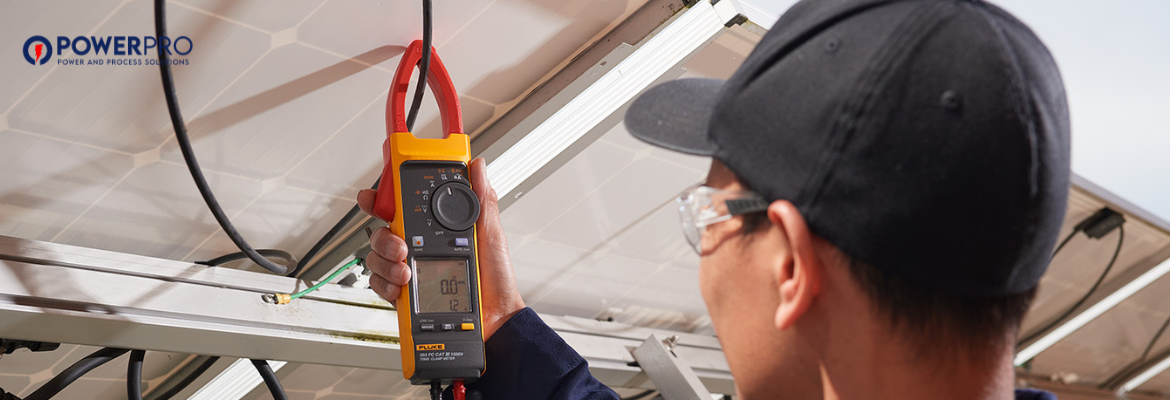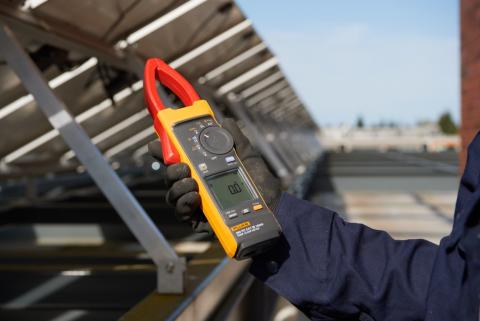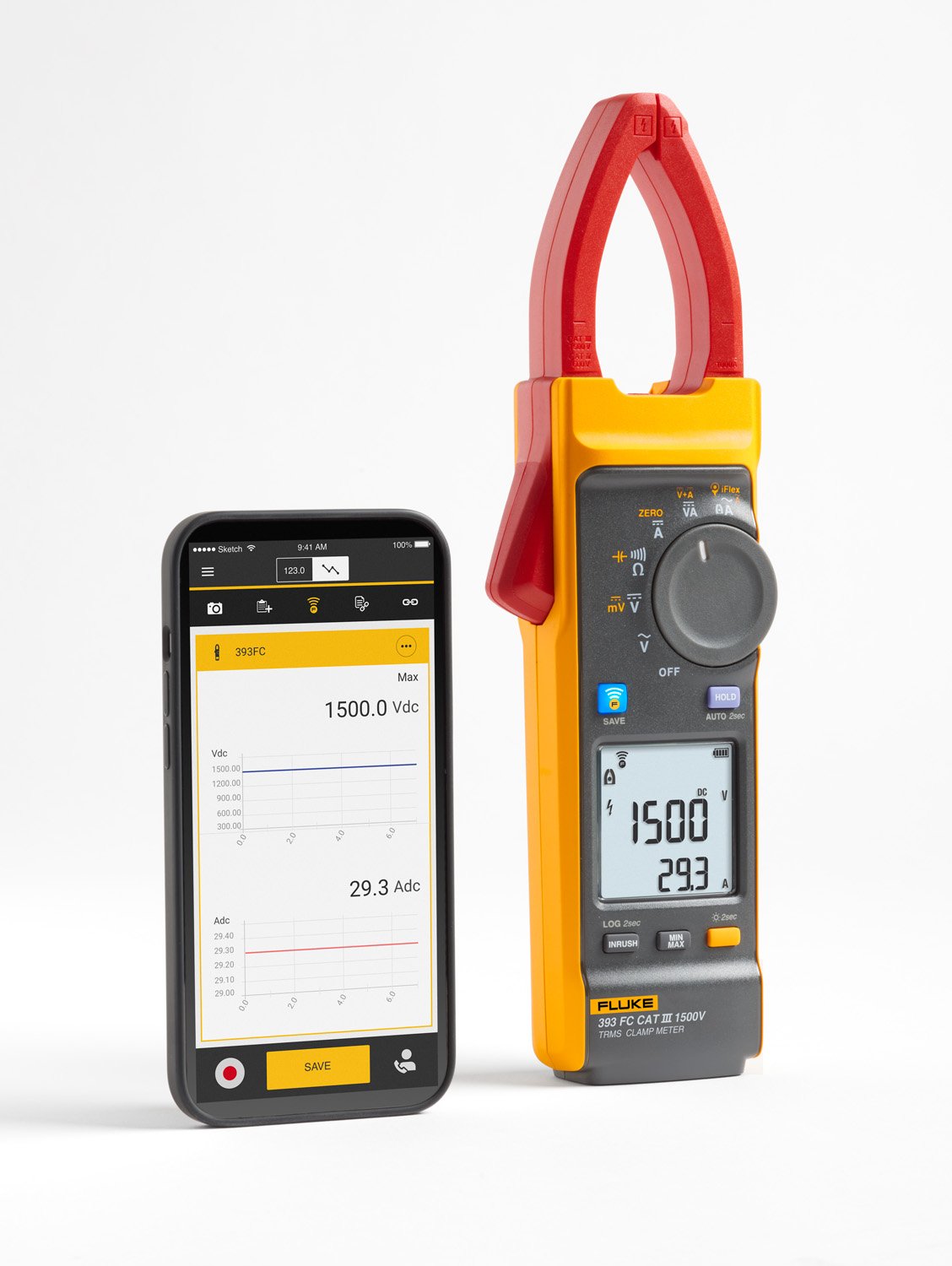
Solar installations, also known as PV installations, are experiencing significant global growth due to the favorable economics of utility-scale solar generation and efforts to reduce carbon emissions in power grids. As solar distribution systems and loads become larger and more intricate, the risk of transient overvoltages also increases. This heightened risk emphasizes the paramount importance of safety.
When conducting measurements on solar installations, these transient overvoltages pose unseen and nearly unavoidable hazards. Consequently, your level of protection relies on the safety features already incorporated into your measurement tools. This is where the Measurement Category Rating plays a crucial role: it provides users with information on the types of electrical installations for which the measurement device is deemed safe and suitable.

However, relying solely on the voltage rating of a handheld tool is insufficient to determine its ability to withstand high transient impulses. It is equally important to consider the category rating of the tool in relation to the specific working environment.
What to know about overvoltage category ratings
The purpose of overvoltage category ratings is primarily to ensure safety. These ratings are established by the International Electrotechnical Commission (IEC) to guarantee that measurement equipment and operators do not become the vulnerable point in a system. In the event of a voltage transient, the aim is to prevent the instrument and operator from being the cause of failure. Below, we provide definitions for the different measurement categories
| Measurement Category | Examples |
| CAT II |
|
| CAT III |
|
| CAT IV |
|
The categorization of a power distribution system is determined by considering how potentially harmful high-energy events, like lightning strikes or switching transients, are reduced in intensity as they pass through the impedance (AC resistance) of the system. As the category increases, the system has a greater capacity for fault currents and can handle higher voltage transients, reaching peaks of up to 10,000 V for main measurements within CAT III < 1500 V.
Solar installations are Category III environments
According to IEC 61730-1, PV modules are classified as permanently wired electrical installations under Category III, rather than being categorized as point-of-use electrical outlets under Category II.

Overvoltage categories in a photovoltaic installation connected to the utility energy grid
In addition to being tested to an actual overvoltage transient value, handheld measurement tools are required to have a minimum insulation level — a combination of solid insulation, clearance, and creepage — between internal components and circuit nodes to meet the category rating. Insulation protects internal circuits against fire/arc fault and the operator against electric shock. The higher the working voltage and measurement category rating, the greater the insulation required.
Within a category, a higher voltage rating denotes a higher transient withstand rating. For example, a CAT III 1500 V meter is resistant to much higher energy transients, and therefore offers superior protection compared to one rated CAT III 1000 V.
Solar installation voltage is increasing
Overvoltage category III 1500 V systems are becoming the new normal in solar, delivering cost savings and efficiency gains to facility owners. Each inverter can process more energy, more panels can be connected in series to make longer strings, which requires fewer wires and inverters.
For safety and accuracy, making measurements in an overvoltage category III environment requires CAT III rated tools.
The Fluke 393 FC Solar Clamp Meter is the only CAT III 1500 V/CAT IV 600 V TRMS Clamp Meter which meets the insulation requirements for CAT III environments like solar installations and measures up to 1500 V dc.
The dielectric tests for a CAT III 1000 V current clamp is 8000 V pk/7000 V rms. For CAT III 1500 V, it’s 10000 V pk/9700 V rms.

When choosing measurement tools for PV panels, it’s worth considering the worst-case scenario of the job. First, choose a meter rated for the highest category you could be working in. Then, look for a voltage rating that matches your needs. Choosing the right CAT rated tool for your environment helps you and your team make reliable measurements while reducing risk.
The 393 FC meets the safety requirements for test equipment (IEC 61010-2-032) corresponding to the overvoltage category level of the PV array electrical installation (IEC 61730-1). It offers safe and accurate voltage measurement up to 1500 V dc in solar and battery applications, with features that help make the job easier:
- 25% thinner jaw (compared to Fluke 37x meters) makes it easier and faster to take measurements in tight and overcrowded spaces
- IP 54 protection for dusty and rainy outdoor conditions
- Fluke Connect™ gathers and stores data in the cloud for access anywhere
- Includes CAT III 1500 V insulated test leads
- Carries the Fluke promise of proven safety, ruggedness, and reliability
Why use a CAT III rated tool in solar installations? It comes down to safety: yours. Don’t entrust your protection (or your team’s) to any tool that’s not adequately rated for the job.
